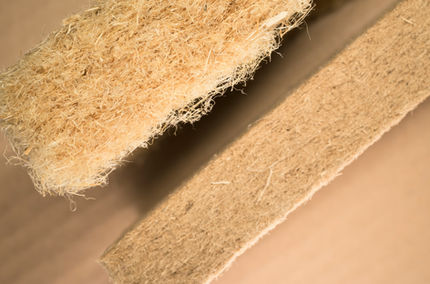Emergency Services Available


INSULATION SERVICES
A properly designed and installed insulation system offers immediate and long-term benefits. Insulation protects your personnel, your equipment, your system, and your budget. Click here to learn more about the Power of Insulation.
Reduces energy costs
Prevents moisture condensation
Reduces capacity and size of new mechanical equipment
Enhances process performance
Reduces emissions of pollutants
Safety and protection of personnel
Acoustical performance: reduces noise levels
Maximizes return on investment (ROI)
Improves Appearance
Fire Protection
A properly designed and installed insulation system immediately reduces the need for energy and results in significant savings.
On hot pipes and surfaces, heat loss can be reduced by about 20 times. With delivered natural gas and fuel oil costs at $7 to $10 per million Btus, that adds up!
A properly designed, insulated, and maintained system significantly reduces energy costs, which saves money and protects the environment. An unbelievable amount of energy is lost through uninsulated valves, bare pipes, or defective insulation. It seems to be one of those maintenance things that never gets done—until somebody can demonstrate what it's costing to ignore the uninsulated system.
Energy Savings Appraisal A properly designed and installed insulation system immediately reduces the need for energy and results in significant savings.
A properly designed and installed insulation system provides an excellent return on investment and quick payback through cost savings. Insulation is a low-risk investment because the savings and the payback can be forecasted with a high degree of accuracy.
Insulation is one of the few technologies where the payback for the investment is considered more than acceptable when compared to many other equipment or maintenance purchases. If the insulated system is maintained, the savings from the investment continue for the life of the facility. In fact, it costs more to not insulate properly. Often insulation is paid for by the maintenance budget and then it reduces the operations budget for the life of the system.
The return on investment or payback for an investment in insulation is quick, often from 6 months to 2 years.
Insulation with a good vapor retarder controls condensation and limits corrosion on cold piping, ducts, chillers, and roof drains. Sufficient thickness is needed to keep the surface temperature above the dew point temperature of the ambient air.
Keep surface temperatures above dew point.
Prevent costly moisture damage to building materials.
Prevent mold and mildew growth.
Reduce energy costs for operating chillers and refrigeration equipment.
A well-designed and insulated system will protect personnel by:
Lowering hot surface temperatures; and
Preventing accidental burns.
Thermal insulation is one of the most effective means of protecting workers from burns resulting from contact with hot or extremely cold piping and equipment. For hot surfaces especially, insulation reduces the surface temperature of piping or equipment to a safer level, resulting in increased worker safety and the avoidance of worker downtime due to injury. With today's specification tools, it's very easy to calculate the insulation thickness needed to bring the surface temperature of your piping and equipment to safe levels.
In addition to the safety benefits of insulation, NIA member companies take job site safety very seriously and strive to meet the highest standards to protect their own personnel.
A well-insulated system helps reduce noise levels by:
Absorbing emitted sound;
Meeting OSHA requirements by eliminating sound at the source; and
Improving the work environment by improving worker morale and communication.
This is one benefit that's tough to put a price on, but we all know it happens. Noise can seriously impact a worker's health and productivity—so much so that OSHA does in fact have noise standards in place. Manufacturing environments can be extremely noisy and cause major health problems if noise abatement and protection are not dealt with. In addition, noise produced by appliances, piping, heating and air conditioning systems, phones, radios, and even by talking are major reasons people are dissatisfied with their work place.
Insulation materials are used to encase or enclose noise generating sources and reduce noise to acceptable levels so that stress, lost time, and dissatisfaction do not impact the employee and/or the product you are trying to get out the door.
Insulation reduces the level of both exterior and interior noise by preventing transmission of exterior sounds to the interior of the building, and absorbing reverberating sounds within the building.
Sound attenuation, or the limiting of sound propagation from one area to another, requires the application of special and standard insulation materials to encase or enclose the noise-generating source, forming a sound barrier between the source and the surrounding area.
The purposes of applying sound-attenuation materials are to:
Reduce obnoxious noise levels emitting from machines, equipment, pipe lines, or enclosures;
Reduce general noise level in plant areas;
Provide for better work conditions; and
Comply with noise level standards of OSHA and EPA.
Information above is provided by National Insulation Association
https://insulation.org/about-insulation/benefits-of-insulation/






























